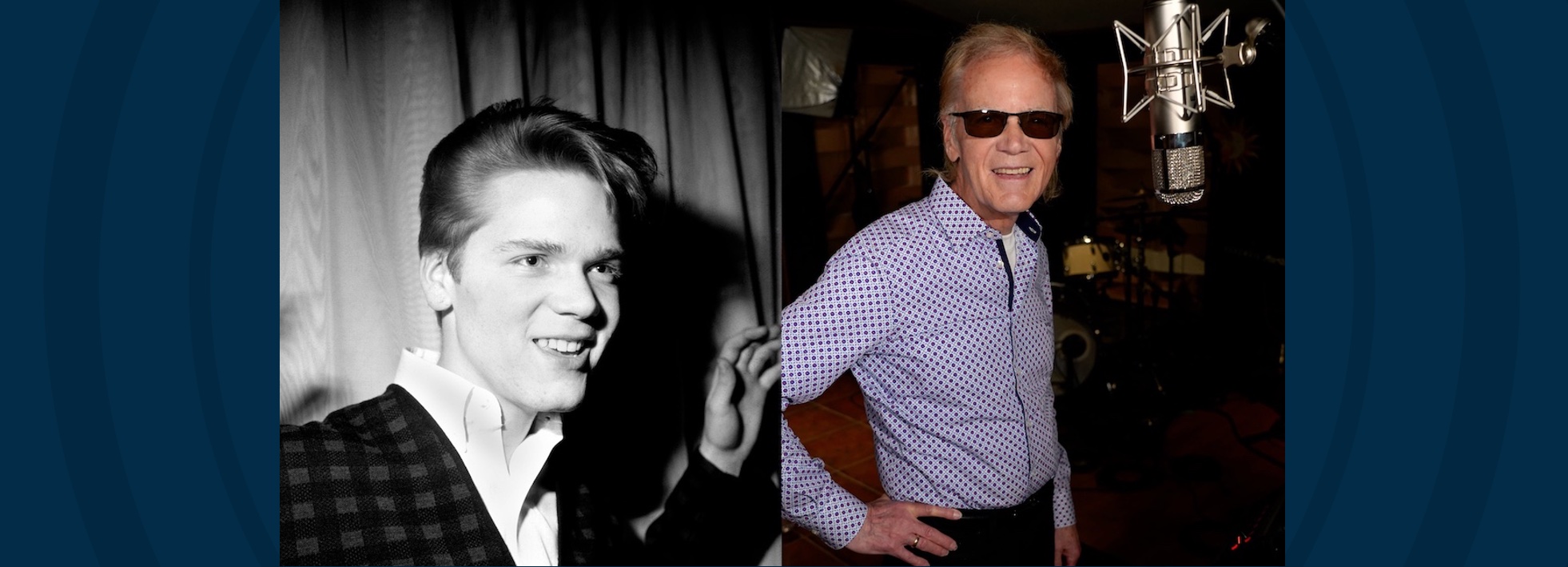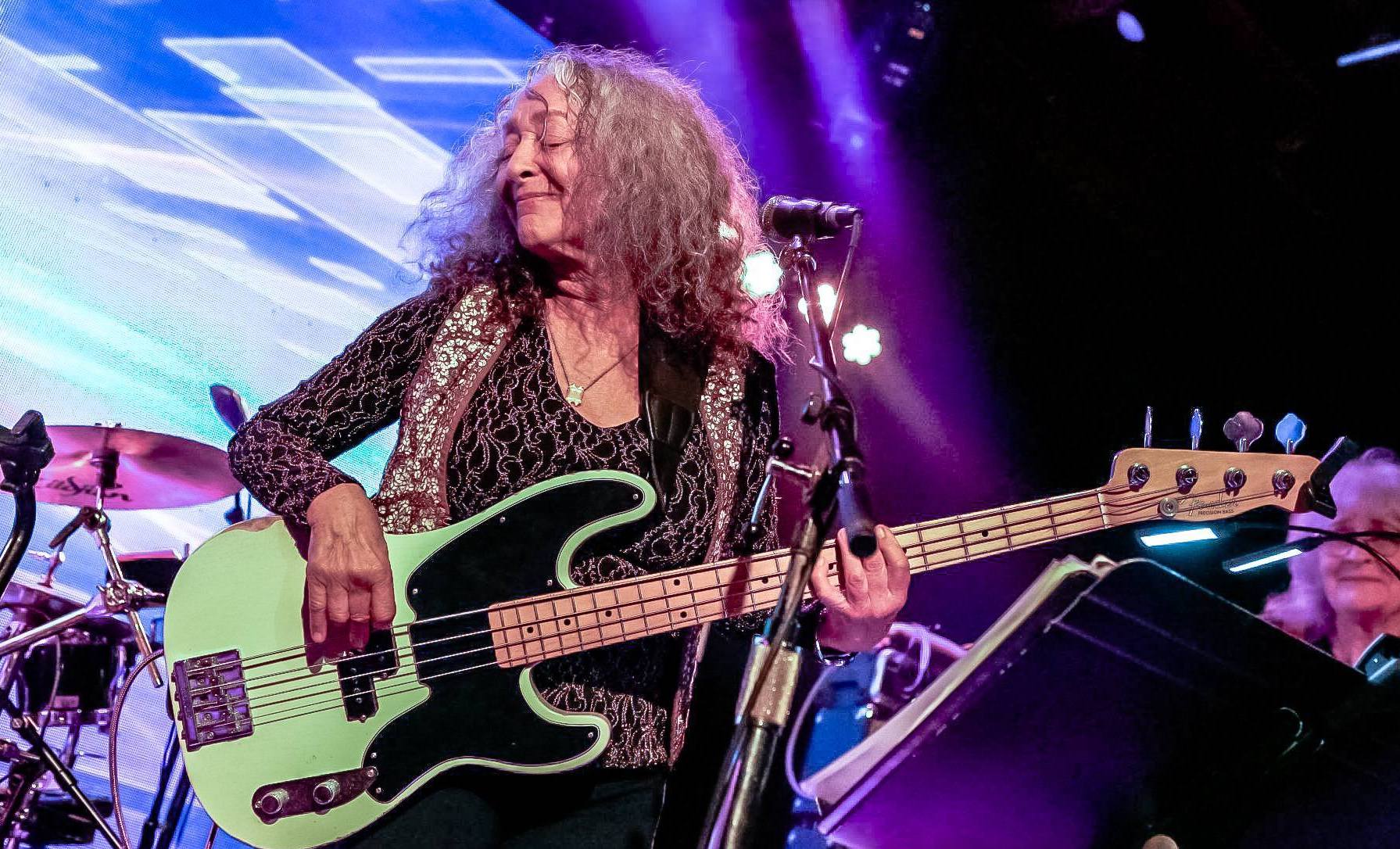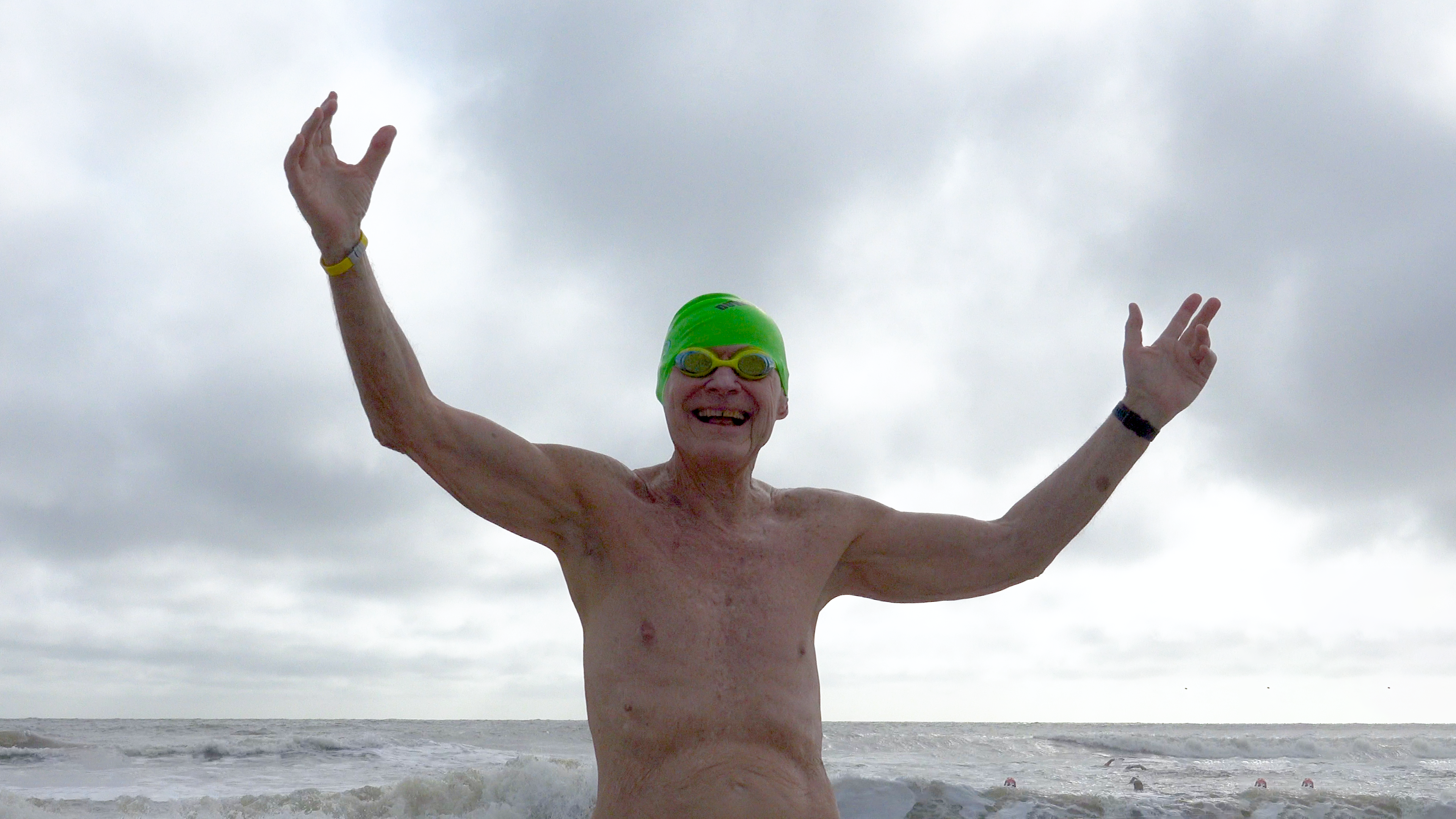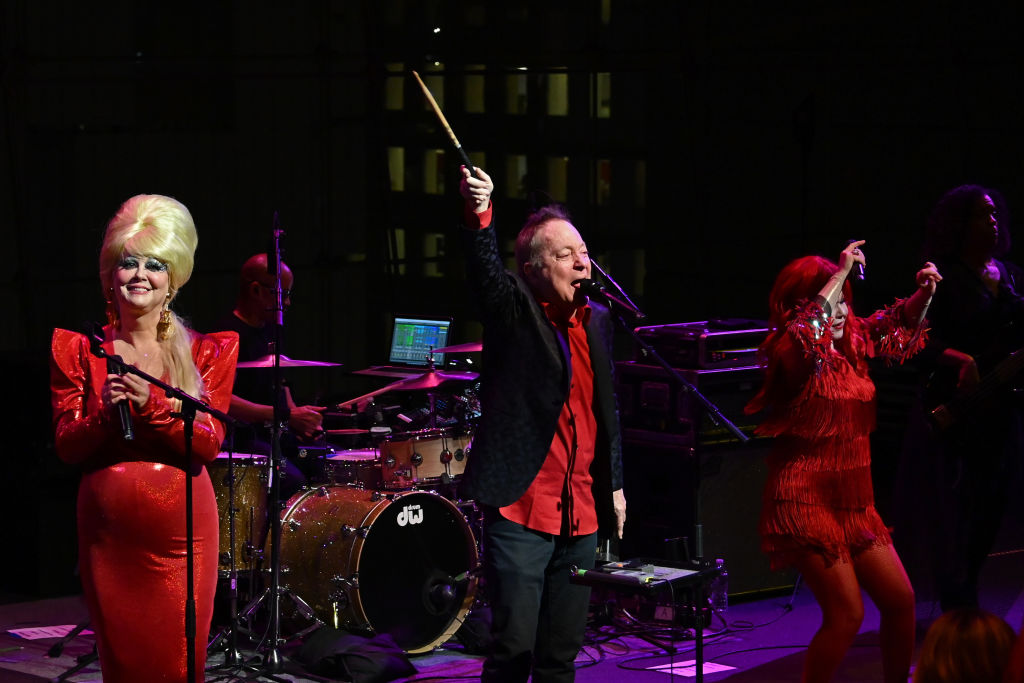Last Updated on December 9, 2021
What does hip-hop have to do with confronting ageism? Before a recent weekend run, I had never even thought about connecting the two. But as I jogged, listening to Lil Nas X, Drake, Eminem, and a few others, my pace quickened; and my thoughts began to race. I’ve always liked some rap and hip-hop, even though I know little about either. I love the energy. It gets me motivated.
Rap was originally, and to some extent still is, confrontational. Glorifying money, violence, profanity, or misogyny is not my thing. Hip-hop is less aggressive. It’s about struggle, social justice, respect, self-worth, and community. When it’s got a great hook and an uplifting beat that I can jog to, it’s like an express elevator to introspection and aspiration.
It occurred to me as I ran that there’s a similarity between hip-hop and the major social issues of the ‘60s and ‘70s: the anti-war movement, women’s rights, and civil rights. There’s a feeling and a message shared by all: the desire to be heard; the need to be respected.
Soundtrack of our lives
One of my favorite songs back in the day was the anti-war anthem, “Something in the Air,” by Thunderclap Newman. I hadn’t thought about it or heard it since it was featured in the 2000 film, “Almost Famous,” (a great film by Cameron Crowe, if you ask me). As I ran, it took about 30 seconds to find the song online; and of course, I could recall the lyrics instantly.
“Call out the instigators, because there’s something in the air. We’ve got to get together, sooner or later, because the revolution’s here, and you know it’s right.”
I immediately reconnected with feelings that are 50 years old. The same feelings I experience every time I hear Martin Luther King Jr.’s “Mountaintop” speech or read about Gloria Steinem, who was a major-league bad ass. I love almost all her quotes, but I especially like this one: “A woman without a man is like a fish without a bicycle.” That’s as in-your-face as you can get. It’s profundity wrapped in hilarity — all in a single sentence, not an easy thing to do.
For some reason, I started thinking about graffiti, which also rose out of the ‘60s and ‘70s. At the time, it was viewed by most suburbanites as nothing more than vandalism. But like hip-hop, and the anti-war, women’s and civil rights movements, it was borne out of frustration, resistance, and a desire to have a voice and to be seen. For some, like street artist Banksy, graffiti has made the leap from public eye sore to highly sought-after fine art. My favorite artist these days is Jean-Michel Basquiat, a Brooklyn born graffiti artist who died in 1988 at the age of 27. His canvases now sell for as much as $110 million. That’s more than some art by Van Gogh, Picasso, or Cezanne.
As I continued running, I realized that the social movements of my youth were more than just speeches and protests. They were a powerful, shared experience — a state of mind, a call to action, and a desire to engage. And my connection to them still exists.
Confronting ageism
As soon as I got home, I did a little Googling and was surprised to learn that there is actually something called Hip Hop Therapy that’s endorsed by the likes of the Mayo Clinic. Hip-hop has become an effective therapeutic tool, because its most common themes are about resisting exclusion or discrimination and fighting for equity, justice and personal growth. It’s no wonder that a brisk run and a great hip-hop beat can put me in a fighting mood. And the fight I’m most interested in these days is ageism.
Ageism is the one “ism” that’s an equal opportunity discriminator. It makes all older adults — irrespective of gender, color, religion or nationality — second-class citizens. It’s costing us professional and social opportunities. And, most tragically, it’s destroying our health, because what the mind believes the body embraces. Constant exposure to ageist messaging has been proven to lead to physical and mental illness. Ageism is a well-oiled pathway to decline, disease and disability. One study by Becca Levy at Yale University found that older individuals, with more positive self-perceptions of aging, lived 7.5 years longer than those with less positive self-perceptions of aging.
Ageism is a devastating injustice that impacts everyone fortunate enough to grow old. Martin Luther King Jr. once said, “The arc of the moral universe is long, but it bends toward justice.” I want to believe that, but history proves that it rarely bends on its own.
The day after my run, I asked the team in our Growing Bolder staff meeting: “How do we capture the zeitgeist of the ‘60s and ‘70s? How can we help lead a social movement that confronts ageism, encourages self-worth, and promotes respect and appreciation for all older adults for all time? What can we learn from the original hip-hop and graffiti artists? From the leaders of the anti-war, women’s and civil rights movements? How can we generate a powerful feeling that people will instantly remember in 50 or 60 years? How can we call out the instigators?”
These are big questions that will take some time to answer. But the wheels are turning; and hopefully, the arc is bending.













